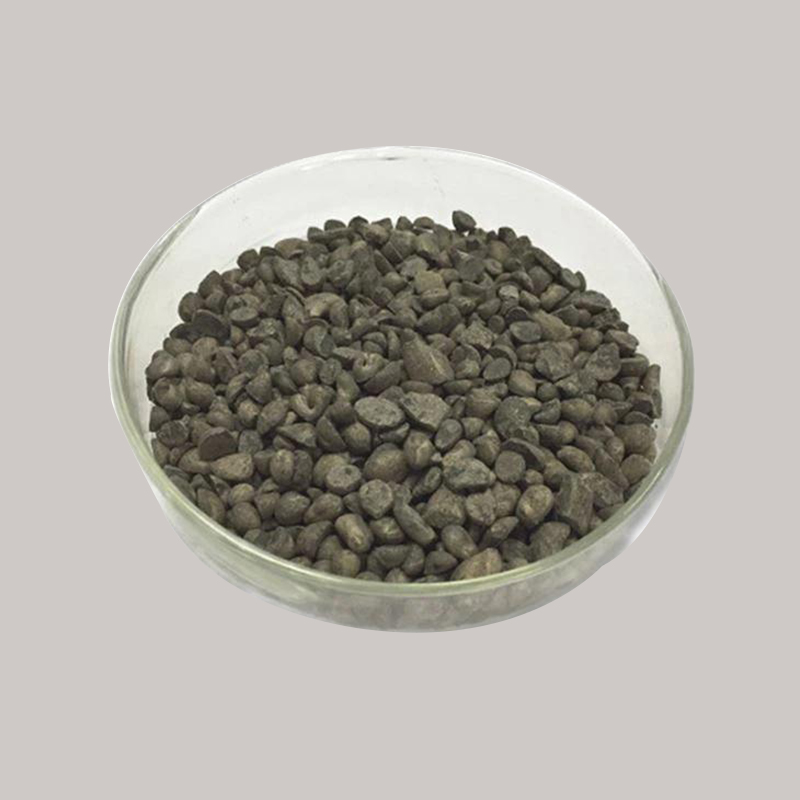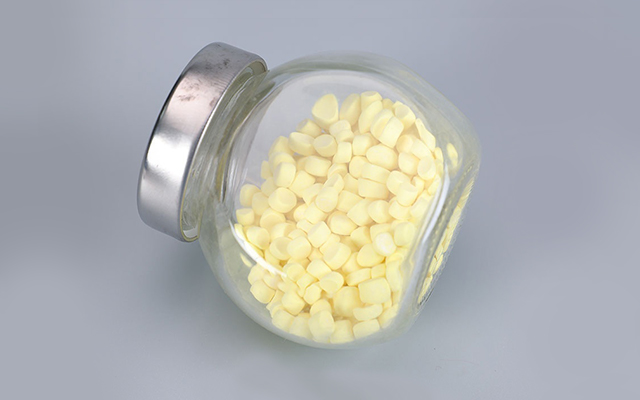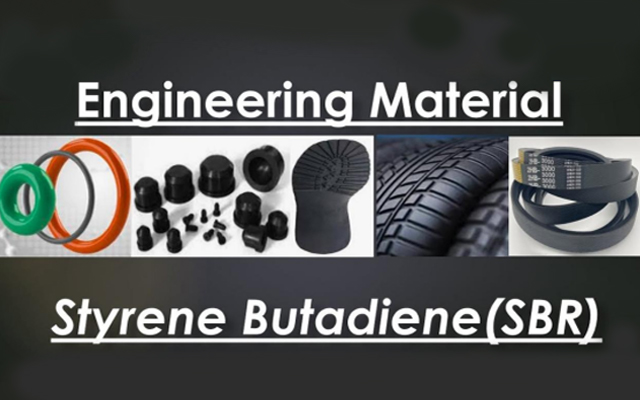4020 (6PPD)
Get A Quote

Functions and Characteristics
| NAME OF INDEX | TECHNICAL SPECIFICATIONS |
| Appearance | Purple brown to dark brown granules or flakes |
| Assay, % ,min (Area normalization method) |
96.0 |
| Freezing point, ℃, min | 45.0 |
| Heating Loss, %, max | 0.50 |
| Ash content, %, max | 0.20 |
- Antioxidant Properties: 6PPD serves as a potent antioxidant, effectively inhibiting the oxidation of rubber, which helps to extend the service life of rubber products.
- Compatibility with Rubbers: Exhibiting excellent compatibility with various types of rubbers, 6PPD can be easily incorporated into rubber formulations, providing broad applicability.
- Prevention of Blooming: 6PPD minimizes the risk of blooming, a phenomenon where a powdery residue forms on the surface of rubber, maintaining the aesthetic and functional quality of the rubber product.
- Low Volatility: The low volatility of 6PPD contributes to its stability during processing, preventing the loss of the antioxidant during high-temperature manufacturing processes.
- Low Toxicity: With low toxicity levels, 6PPD ensures the safety of the manufacturing process and the end-users of rubber products.
- Anti-Ozone Properties: 6PPD provides effective protection against ozone, a common environmental factor that can degrade the physical properties of rubber.
- Resistance to Flex Cracks: The antioxidant properties of 6PPD help to resist the formation of flex cracks, maintaining the structural integrity of rubber components under dynamic stress.
- Protection Against Insolation Cracks: 6PPD contributes to the prevention of insolation cracks, enhancing the durability of rubber products exposed to sunlight.
Major Applications
Understanding Rubber Vulcanization and its Processes
Rubber vulcanization is a crucial process that transforms elastomers, initially possessing weak thermoplastic properties, into a robust, elastic, and durable substance with enhanced properties. This transformation involves introducing a network of cross-links into the elastomers, thereby significantly improving their mechanical and chemical characteristics.

SBR Rubber – Properties, Applications and Uses
SBR is a commonly used, general purpose rubber known for its cheapness and abrasion resistance. Invented in the 1930s by German scientists after natural rubber supplies were cut off, SBR has become a staple of the automotive and industrial sectors. In this article, we’re covering the basics of SBR rubber, including its makeup, properties, and applications.

In Needs of Rubber Vulcanization Accelerators Solution?


